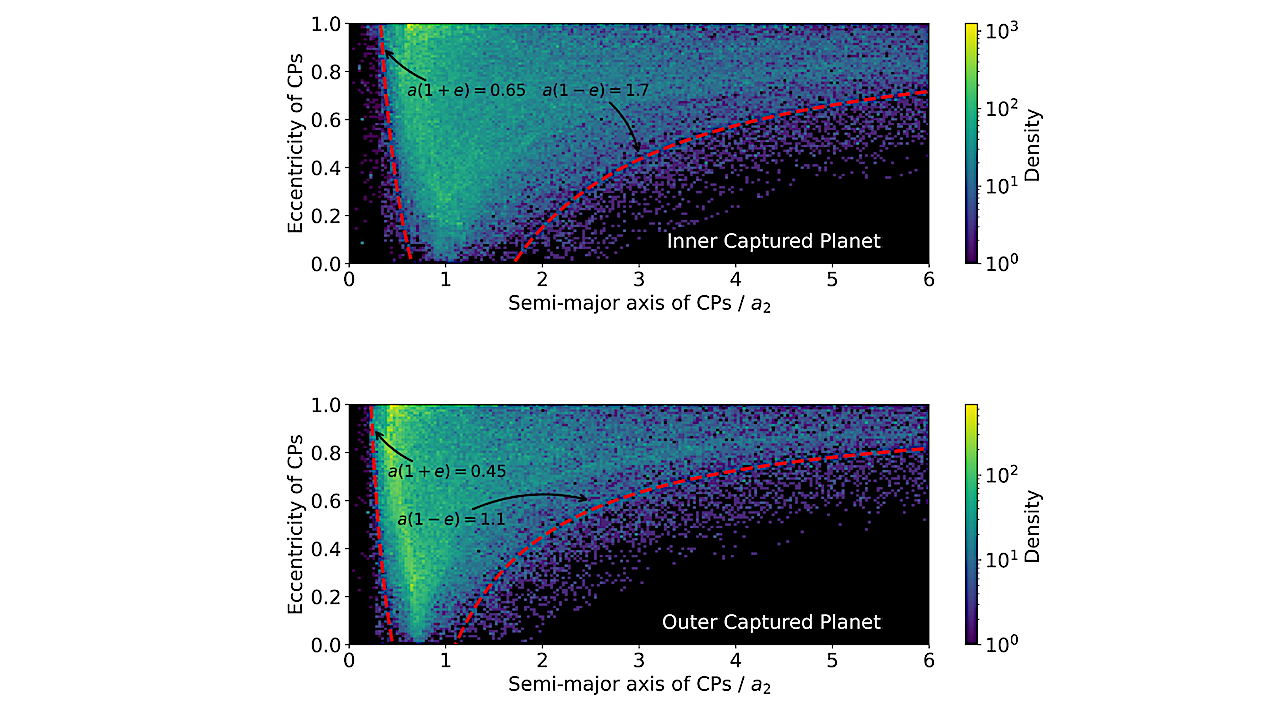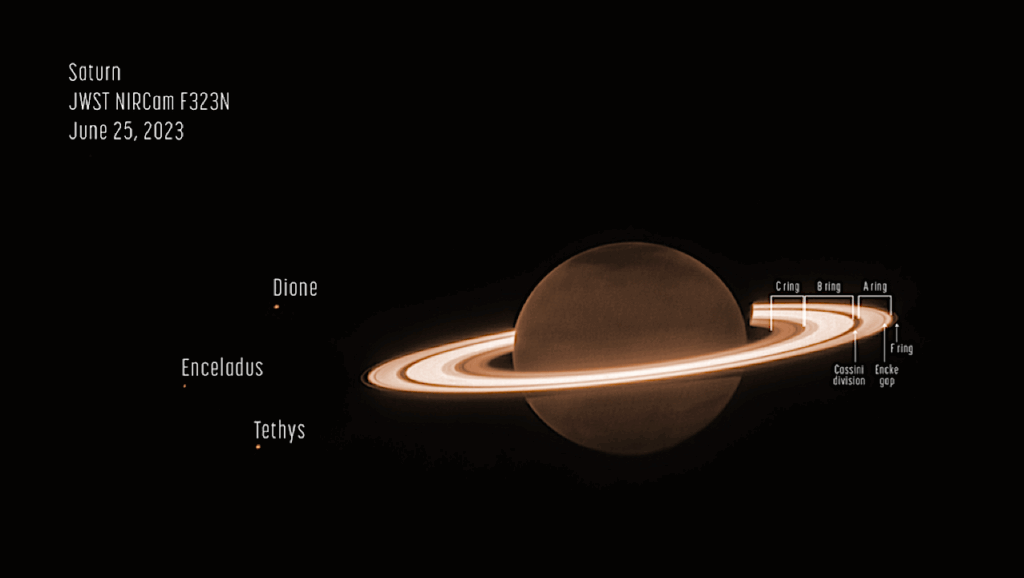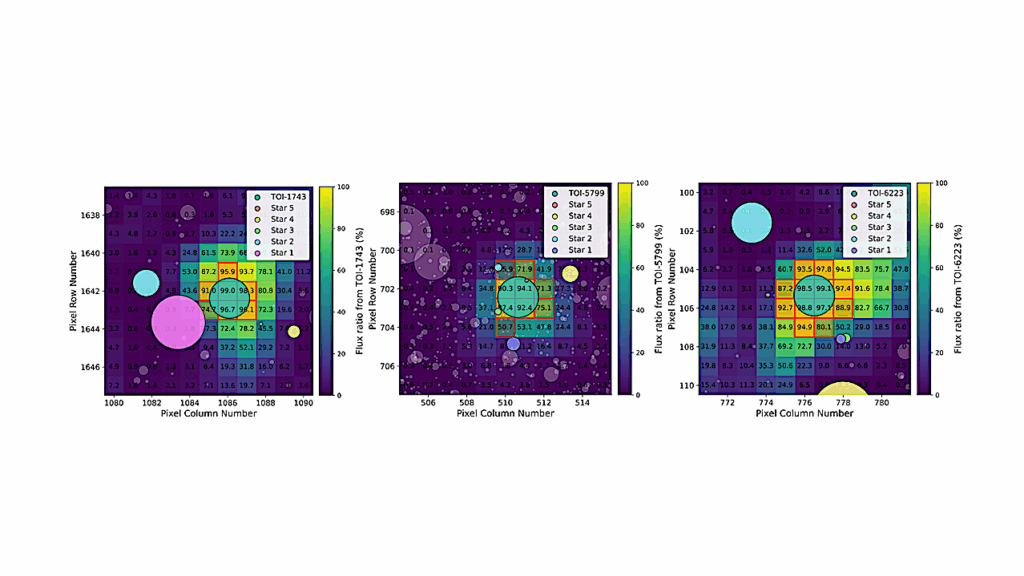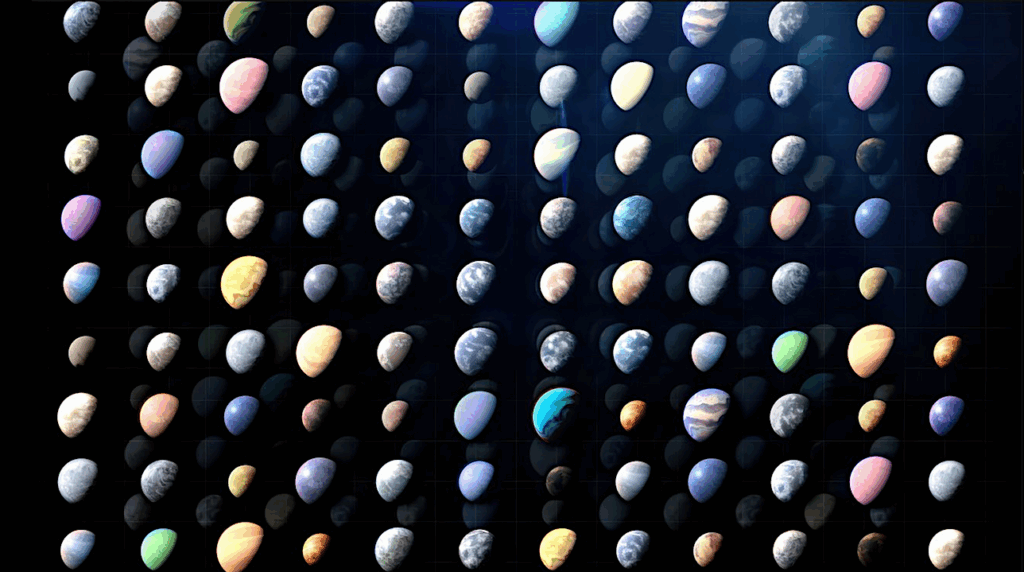Free-Floating Planets, Survivor Planets, Captured Planets and Binary Planets from Stellar Flybys

In star clusters, close stellar encounters can strongly impact the architecture of a planetary system or even destroy it.
We present a systematic study on the effects of stellar flybys on two-planet systems. When such a system (with a modest initial planet semi-major axis ratio, a1/a2=0.6−0.8) experiences stellar flybys, one or both planets can be ejected, forming free-floating planets (FFPs), captured planets (CPs) around the flyby star, and free-floating binary planets (BPs); the remaining single-surviving-planets (SSPs) can have their orbital radii and eccentricities greatly changed.
Through numerical experiments, we calculate the formation fractions (or branching ratios) of FFPs, SSPs, CPs and BPs as a function of the pericenter separation of the flyby (in units of the initial planet semi-major axis), and use them to derive the analytical expressions that can be used to compute the formation rates of FFPs, SSPs, CPs and BPs in general cluster environments. We find that the production rates of FFPs and SSPs are similar, while the rate for CPs is a factor of a few smaller. The formation fraction of free-floating BPs depends strongly on a1/a2 of the initial systems and on the planet masses.
For Jupiter-mass planets, the formation fraction of BPs is always less than 1% (for systems with a1/a2=0.8) and typically much smaller (≲0.2% for a1/a2≲0.7). The fraction remains less than 1% when considering 4MJ planets. Overall, when averaging over all possible flybys, the production rate of BPs is less than 0.1% of that for FFPs.
We also derive the velocity distribution of FFPs produced by stellar flybys, and the orbital semi-major axis and eccentricity distributions of SSPs, CPs and (rare) free-floating BPs. These results can find applications in future studies of exotic planets and planetary systems.
Fangyuan Yu, Dong Lai
Comments: 19 pages, 30 figures, submitted to ApJ
Subjects: Earth and Planetary Astrophysics (astro-ph.EP); Solar and Stellar Astrophysics (astro-ph.SR)
Cite as: arXiv:2403.07224 [astro-ph.EP] (or arXiv:2403.07224v1 [astro-ph.EP] for this version)
Submission history
From: Fangyuan Yu
[v1] Tue, 12 Mar 2024 00:32:59 UTC (14,226 KB)
https://arxiv.org/abs/2403.07224
Astrobiology








